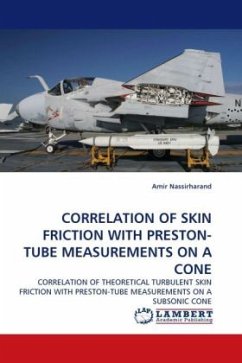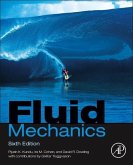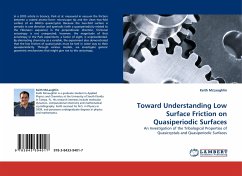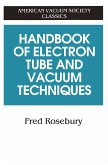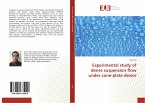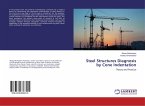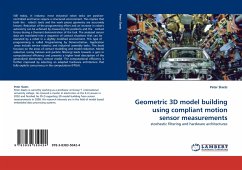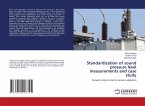This publication develops the first correlation equation between the theoretical turbulent skin friction with Preston-tube measurements on a subsonic cone. Lecturers, scientists, and practicing engineers in the field of fluid dynamics should be interested in this development. The goals of this NASA sponsored research are in two fold: (1) to develop a new procedure which could be used to develop a correlation equation for correlating Preston-tube pressure measurements within turbulent boundary layers with the corresponding theoretical values of skin friction coefficient, and (2) to apply the procedure to a ten-degree cone in order to obtain the said correlation equation. The boundary layer conservation of mass, momentum, and energy equations are numerically solved. The inviscid pressure distribution is also numerically determined in order to specify the boundary conditions along the outer edge of the boundary layer. Finally, the Preston- tube pressure measurements are correlated to the corresponding theoretical skin friction coefficient values by means of a least-squares technique.
Bitte wählen Sie Ihr Anliegen aus.
Rechnungen
Retourenschein anfordern
Bestellstatus
Storno

